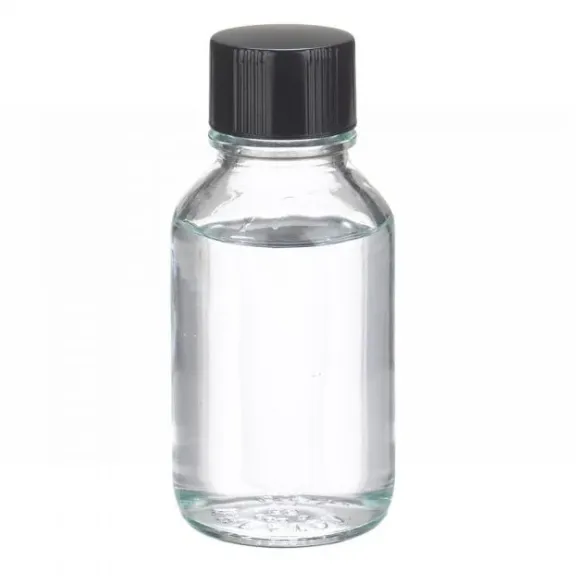Warning: Undefined array key "title" in /home/www/wwwroot/HTML/www.exportstart.com/wp-content/themes/1198/header.php on line 6
Warning: Undefined array key "file" in /home/www/wwwroot/HTML/www.exportstart.com/wp-content/themes/1198/header.php on line 7
Warning: Undefined array key "title" in /home/www/wwwroot/HTML/www.exportstart.com/wp-content/themes/1198/header.php on line 7
Warning: Undefined array key "title" in /home/www/wwwroot/HTML/www.exportstart.com/wp-content/themes/1198/header.php on line 7
- Afrikaans
- Albanian
- Amharic
- Arabic
- Armenian
- Azerbaijani
- Basque
- Belarusian
- Bengali
- Bosnian
- Bulgarian
- Catalan
- Cebuano
- China
- China (Taiwan)
- Corsican
- Croatian
- Czech
- Danish
- Dutch
- English
- Esperanto
- Estonian
- Finnish
- French
- Frisian
- Galician
- Georgian
- German
- Greek
- Gujarati
- Haitian Creole
- hausa
- hawaiian
- Hebrew
- Hindi
- Miao
- Hungarian
- Icelandic
- igbo
- Indonesian
- irish
- Italian
- Japanese
- Javanese
- Kannada
- kazakh
- Khmer
- Rwandese
- Korean
- Kurdish
- Kyrgyz
- Lao
- Latin
- Latvian
- Lithuanian
- Luxembourgish
- Macedonian
- Malgashi
- Malay
- Malayalam
- Maltese
- Maori
- Marathi
- Mongolian
- Myanmar
- Nepali
- Norwegian
- Norwegian
- Occitan
- Pashto
- Persian
- Polish
- Portuguese
- Punjabi
- Romanian
- Russian
- Samoan
- Scottish Gaelic
- Serbian
- Sesotho
- Shona
- Sindhi
- Sinhala
- Slovak
- Slovenian
- Somali
- Spanish
- Sundanese
- Swahili
- Swedish
- Tagalog
- Tajik
- Tamil
- Tatar
- Telugu
- Thai
- Turkish
- Turkmen
- Ukrainian
- Urdu
- Uighur
- Uzbek
- Vietnamese
- Welsh
- Bantu
- Yiddish
- Yoruba
- Zulu
aug . 19, 2024 15:29 Back to list
Exploring the Uses and Benefits of Monopropylene Glycol and Propylene Glycol in Industries
Understanding Monopropylene Glycol and Propylene Glycol Applications and Properties
Monopropylene glycol (MPG) and propylene glycol (PG) are two closely related compounds that have gained significant attention in various industries due to their unique properties and versatility. Despite their similarities in name and chemical structure, these two substances serve different functions and have distinct applications. Understanding the characteristics, uses, and safety profiles of these compounds is essential for industries ranging from food and pharmaceuticals to cosmetics and beyond.
Chemical Properties and Structure
Monopropylene glycol, often referred to as propylene glycol, is a colorless, odorless, and hygroscopic liquid that is derived from petroleum products. Chemically, it is classified as a diol, meaning it contains two hydroxyl (–OH) groups. This dual functionality enables it to act as a solvent, humectant, and viscosity-reducing agent. Its molecular formula is C3H8O2, which highlights its composition of three carbon atoms, eight hydrogen atoms, and two oxygen atoms.
In essence, propylene glycol can exist in different forms, including propylene glycol monomethyl ether and propylene glycol monopropyl ether, depending on the modifications made to its structure. However, the term propylene glycol typically refers to the standard diol used extensively in various formulations.
Applications in Various Industries
monopropylene glycol and propylene glycol

One of the most significant applications of propylene glycol is in the food industry, where it serves as a food additive (E1520) and is used to retain moisture and enhance flavors. Its ability to dissolve both water-soluble and oil-soluble substances makes it an ideal choice for flavorings and colorings. It is widely accepted as safe for consumption, earning the designation of Generally Recognized as Safe (GRAS) by the U.S. Food and Drug Administration (FDA).
In the pharmaceutical sector, propylene glycol is used as a solvent for oral, injectable, and topical medications. Its low toxicity profile and ability to facilitate the absorption of active ingredients make it a valuable component in drug formulations. Additionally, it is employed in the production of personal care products, including lotions, creams, and shampoos, where it acts as a humectant, helping products retain moisture.
In industrial applications, propylene glycol is utilized as a coolant in refrigeration systems and as an antifreeze agent in automotive products. Its chemical stability and non-toxicity make it preferable to ethylene glycol, which poses greater health risks.
Safety and Regulatory Considerations
Monopropylene glycol is generally recognized as safe when used according to regulatory guidelines. It has a low toxicity profile, and studies have shown that it does not pose significant health risks when ingested in moderate amounts. However, it is essential to consider individual sensitivities and potential allergic reactions. Regulatory agencies like the FDA and the European Food Safety Authority (EFSA) continuously evaluate its safety for various applications, ensuring that consumers are protected.
In conclusion, monopropylene glycol and propylene glycol are vital compounds with wide-ranging applications across multiple industries. Their unique properties, including low toxicity, hygroscopicity, and solvent capabilities, make them indispensable in food, pharmaceuticals, cosmetics, and industrial processes. As research continues to explore new applications and formulations, it is clear that these compounds will remain essential components of modern manufacturing and consumer products for years to come.
Latest news
-
Certifications for Vegetarian and Xanthan Gum Vegetarian
NewsJun.17,2025
-
Sustainability Trends Reshaping the SLES N70 Market
NewsJun.17,2025
-
Propylene Glycol Use in Vaccines: Balancing Function and Perception
NewsJun.17,2025
-
Petroleum Jelly in Skincare: Balancing Benefits and Backlash
NewsJun.17,2025
-
Energy Price Volatility and Ripple Effect on Caprolactam Markets
NewsJun.17,2025
-
Spectroscopic Techniques for Adipic Acid Molecular Weight
NewsJun.17,2025

